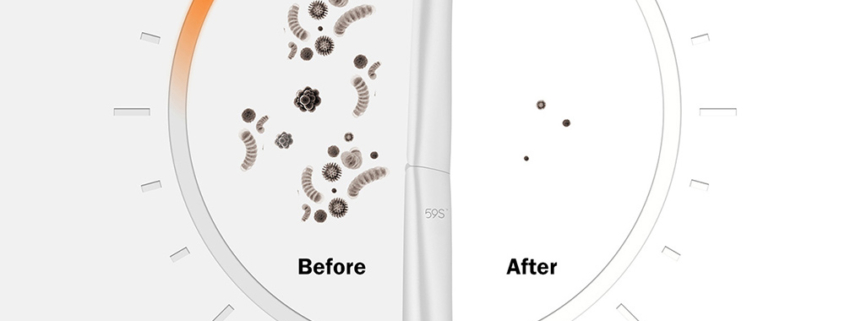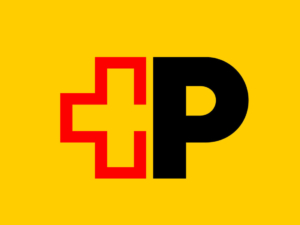UVC Light for Combating Viruses and Bacteria?
UV light has a wide range of uses due to its multiple spectra, each producing different effects. UV light is used, for example, in tanning salons to bronze the skin or in nightclubs for decorative effects. The coronavirus pandemic has accelerated research into UVC radiation for disinfection. Using UVC LED lamps, surfaces can be easily disinfected and germs, bacteria, and viruses can be effectively tackled.
Scientific Background
The most well-known natural source of ultraviolet radiation is the sun. The UV spectrum is divided into three types: UV-A, UV-B, and UV-C rays. UV-C radiation is absorbed by the atmosphere, particularly by the ozone layer, and therefore does not reach the Earth’s surface.
Applications
UV-A lamps are primarily used in nightclubs and bars, producing the well-known effect of making teeth, white fabrics, and certain drinks glow. They are also used to verify banknotes, identity documents, and more. UV lamps are also utilised in tanning beds. A higher share of UV-A radiation results in faster and deeper tanning, while UV-B radiation promotes longer-lasting tan.
UVC radiation has traditionally been used to purify drinking water via mercury lamps. However, these lamps contain toxic mercury, which can leak into the environment if broken and is not biodegradable.
Today, UVC LED lamps are used as an alternative. They eliminate the drawbacks of mercury lamps and are significantly more environmentally friendly and energy-efficient. Furthermore, their lifespan is not reduced by frequent switching on and off. They contain no harmful chemicals, thereby avoiding all the disadvantages of mercury lamps.
Effectiveness
Various studies have confirmed that UVC LED lamps can eliminate 99.9% of bacteria on a surface within 30 seconds of exposure.
Depending on the exposure duration, UVC light kills, damages, or neutralises bacteria, viruses, and fungal spores.
UVC light can be used to disinfect surfaces, water, and air. The process is odourless, tasteless, and leaves no residue.
Caution must be taken when UVC light is used on skin: firstly, targeted treatment of viruses or bacteria on or under the skin cannot be guaranteed; secondly, overexposure can have dangerous effects. In general, the use of UVC light on the skin is not recommended — neither with our product (Link: 51.600) nor with any other UVC LED lamps.
Summary
As proven by studies, UVC LED lamps eliminate 99.9% of viruses and bacteria on surfaces, in the air, and in water. A 30-second exposure is sufficient to achieve this effect. UVC LEDs eliminate the risks associated with conventional mercury lamps and work without smell, taste, or residue. Nonetheless, care must be taken during use, as UVC radiation can damage eyes, skin, and DNA.



